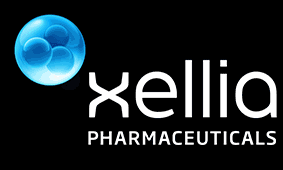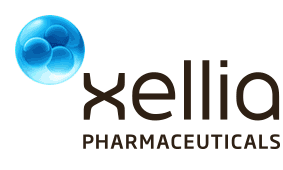To see the interview in Pharma Horizon, please click here
Carl-Åke Carlsson is the CEO of Xellia Pharmaceuticals, a speciality pharmaceutical company based in Denmark that develops anti-infective treatments against bacterial, fungal and antibiotic-resistant infections. The company was bought out from the NYSE-listed Alpharma in 2008 by private equity firm 3i and is now owned by Novo A/S.
PH: What was the plan when Xellia first emerged in 2008?
Carlsson: We were the market leader for almost all of our anti-infectives, supplying more than half the world market. Our aim was simply to take the APIs, develop them into formulations, get them registered and get them onto the market. At the same time, we developed a generic pipeline of new anti-infective injectables. In 2012, 3i decided to sell rather than invest in another five to seven-year period. We were lucky to find Novo A/S, which now owns us through the same investment vehicle that owns Novo Nordisk, Novozymes and holds more than 70 active investments in the life science industry.
PH: What was their plan when they acquired you?
Carlsson: Novo A/S bought the company to develop it. Most Big Pharma companies have left the anti-infective space and there is an unmet medical need. It can be a financially challenging space, because it is hard to get paid for developing new anti-infectives. Nonetheless, with a long-term outlook you can become a big player. Our APIs are mostly fermentation-based and we and Novo A/S both believe that fermentation manufacturing processes can be maintained competitive through technology and process improvements. You might currently get a yield of 2-3 gm/litre but if you can get it to 20-30, the economics become very different.
PH: What investments have you made since changing hands?
Carlsson: In 2014 we acquired a facility in Raleigh, North Carolina, to make lyo vials, but we knew it would not be enough. We considered expanding there or in Copenhagen, but eventually we acquired the old Ben Venue facility in Cleveland, Ohio, from Hikma. So we will become a pretty sizeable player in the US injectable market. We believed, even before President Trump started saying it, that ‘Made in the USA’ is a good thing. In a regulated market like this, the Indians and Chinese are trying hard but they are struggling with compliance. We believe there will be a payday if we are willing to invest in the US to sell in the US. We have also significantly expanded our formulation development lab and capability in Zagreb. From the starting point in 2011 we will in 2017 exceed 100 people in Zagreb and have been able to handpick some very talented employees.
PH: You have moved from focusing on generics to being an innovator. How did you go about that?
Carlsson: We first established a scientific advisory board and looked at the existing and pipeline products, the way products are delivered, evaluated potential drug combinations and what can be done with the molecules themselves through developing derivatives. We are currently also analysing all the anti-infectives products currently in clinical trials to see which we believe can hold a promising future. We are too small to play a role in basic research, but, can play in this space through different means; i.e. we have a grant from the Norwegian Research Council, where we are looking at developing derivatives to selected gram-negative compounds. We have already run a series of Phase I-II trials combining drug with a unique droplet inhalation device and we are continuing to push forward with some of the derivative programmes. We are moving step-by-step into innovation, slowly adding competencies and people in a way that does not damage the original business. In 2008, 90% of our turnover was bulk APIs, last year it was 47% finished products and it should be 80% soon.
PH: Are there synergies with Novo Nordisk?
Carlsson: We are two separate companies and they are much bigger and a more mature organization. However, some of the concepts behind their success are being evaluated also for our anti-infective products; i.e. how they made insulin a more valuable product by making it into a liquid formulation delivered in a pen device.

